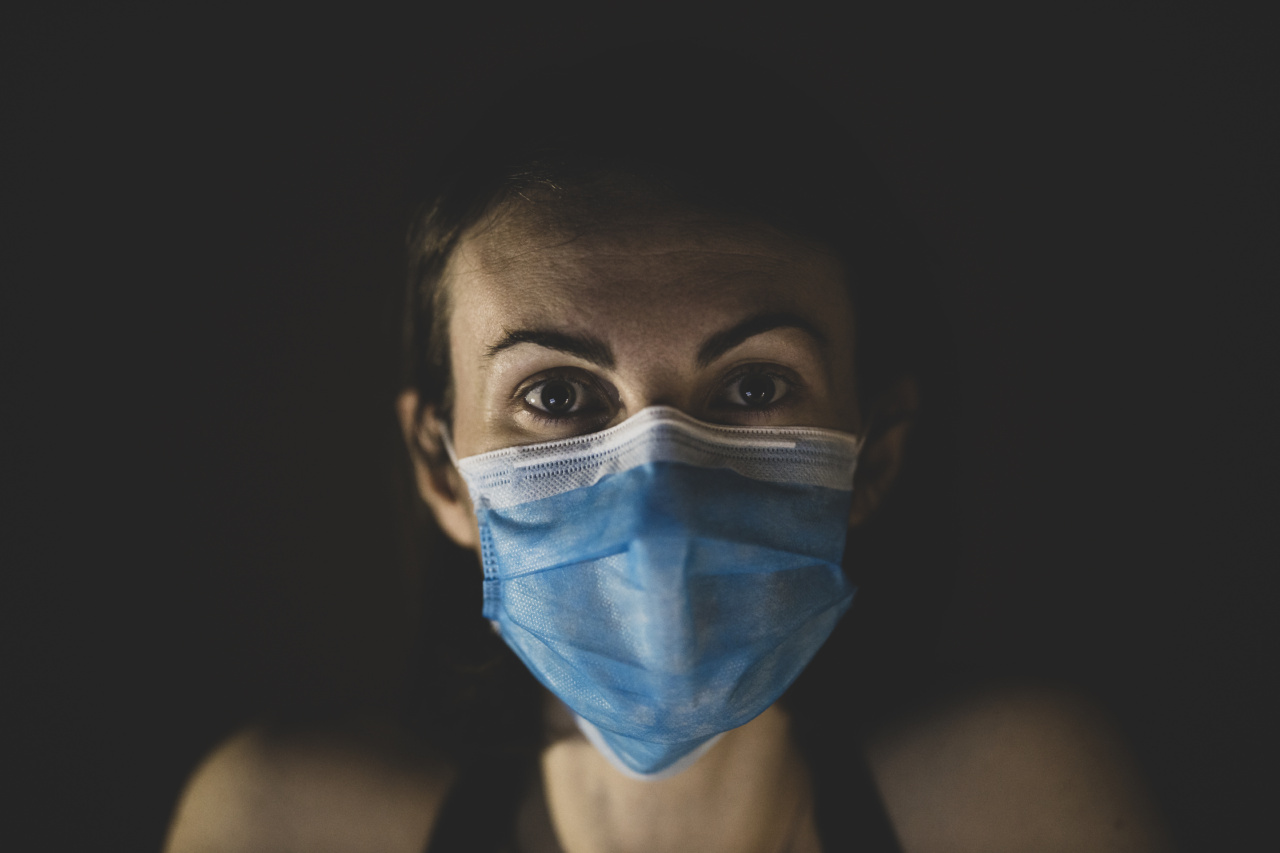Every year, communities around the world brace themselves for the arrival of flu season. This year, however, something different was lurking in the air.
A deadly flu epidemic had swept through our community, taking lives and leaving a trail of illness in its wake.
A Widespread Disease
The flu, scientifically known as influenza, is a highly contagious respiratory illness caused by influenza viruses. It spreads easily from person to person through droplets in the air when an infected individual coughs, sneezes, or speaks.
In a typical flu season, many individuals experience mild symptoms and recover without complications. However, this deadly flu strain seemed to be more virulent and had severe consequences for those infected.
Struggling to Contain the Outbreak
As the flu epidemic raged on, our community’s healthcare system struggled to keep up. Hospitals and clinics were overwhelmed with patients requiring flu treatments, while healthcare workers tirelessly fought to save lives and contain the outbreak.
The demand for medical resources skyrocketed, leaving many in desperate need of care.
Recognizing the Symptoms
Recognizing the symptoms of the deadly flu strain became crucial for individuals as they battled to protect themselves and their loved ones.
The symptoms often resembled those of a typical flu, including fever, fatigue, muscle aches, sore throat, cough, and headaches. However, in this epidemic, the symptoms tended to be more severe and lasted longer.
The Importance of Early Intervention
Early intervention became a key factor in mitigating the impact of this deadly flu epidemic. Public health officials and medical experts emphasized the need for prompt medical attention upon experiencing flu-like symptoms.
Timely diagnosis allowed for appropriate treatment strategies, reducing the risk of complications and severe illness.
Boosting Immunity with Vaccination
One of the primary measures to combat the deadly flu epidemic was vaccination. Health authorities urged the community to get vaccinated as a proactive measure to prevent infection.
While the vaccine may not provide complete immunity, it significantly reduces the severity of the illness in those who contract the virus. Vaccination campaigns were organized to ensure accessibility and raise awareness of the importance of getting protected.
Adopting Preventive Measures
Given the high contagiousness of the flu, adopting preventive measures became crucial to halt the rapid spread of the deadly flu strain.
Individuals were advised to practice good hand hygiene, frequently washing their hands with soap and water for at least 20 seconds. The use of hand sanitizers, covering the mouth and nose when coughing or sneezing, and avoiding close contact with sick individuals played vital roles in preventing transmission.
Community Efforts in Raising Awareness
In the face of this deadly epidemic, our community came together to raise awareness about the importance of vigilance and preventive measures.
Local organizations, schools, and media outlets collaborated to spread information about flu prevention, symptoms to watch for, and available healthcare resources. The community engagement was critical in ensuring that everyone had access to accurate information and necessary support.
Living in a Fearful Environment
The deadly flu epidemic instilled fear and uncertainty among the community members. Families were afraid of losing their loved ones, and individuals took precautions to minimize their exposure to crowded areas.
The once bustling community now felt eerily silent, with people withdrawing into their homes to protect themselves.
Overcoming Fear: Mental Health Support
Recognizing the impact of fear and anxiety on the community’s mental health, various initiatives were launched to offer support.
Mental health helplines, virtual support groups, and counseling services were made readily available to help individuals cope with the stress and uncertainty caused by the epidemic. These initiatives aimed to ensure the holistic well-being of the affected community.
Lessons Learned for Future Preparedness
This deadly flu epidemic served as a wake-up call for our community and highlighted the importance of preparedness for future outbreaks.
Government agencies, healthcare facilities, and communities are now actively reviewing their response strategies to better equip themselves to handle similar situations. The lessons learned from this epidemic will aid in preventing and managing future outbreaks more effectively.
Rebuilding the Community
As the deadly flu epidemic eventually came under control, our community began the process of rebuilding. Families affected by the loss of loved ones mourned their tragedy, while survivors struggled to regain their health.
Support programs were initiated to help affected families and individuals cope with the emotional and physical aftermath of the epidemic.
Embracing a New Normal
The deadly flu epidemic left an indelible mark on our community, forever changing the way we approach public health and disease prevention.
The experience reinforced the importance of personal health responsibility, community engagement, and proactive healthcare practices. The new normal involves a commitment to staying informed, following public health guidelines, and supporting one another to prevent similar devastating situations in the future.





























